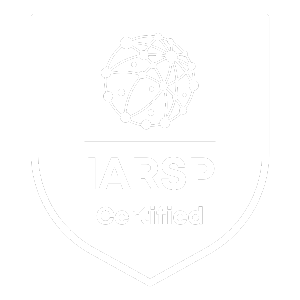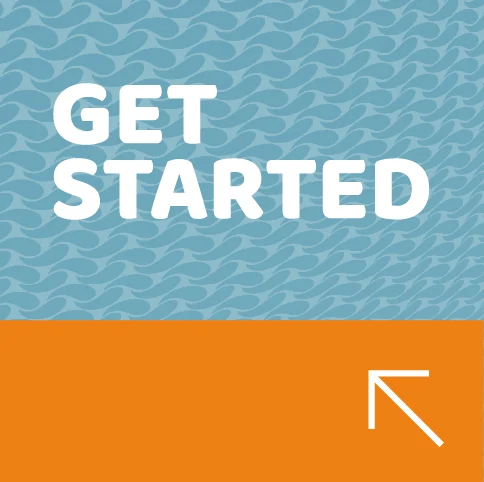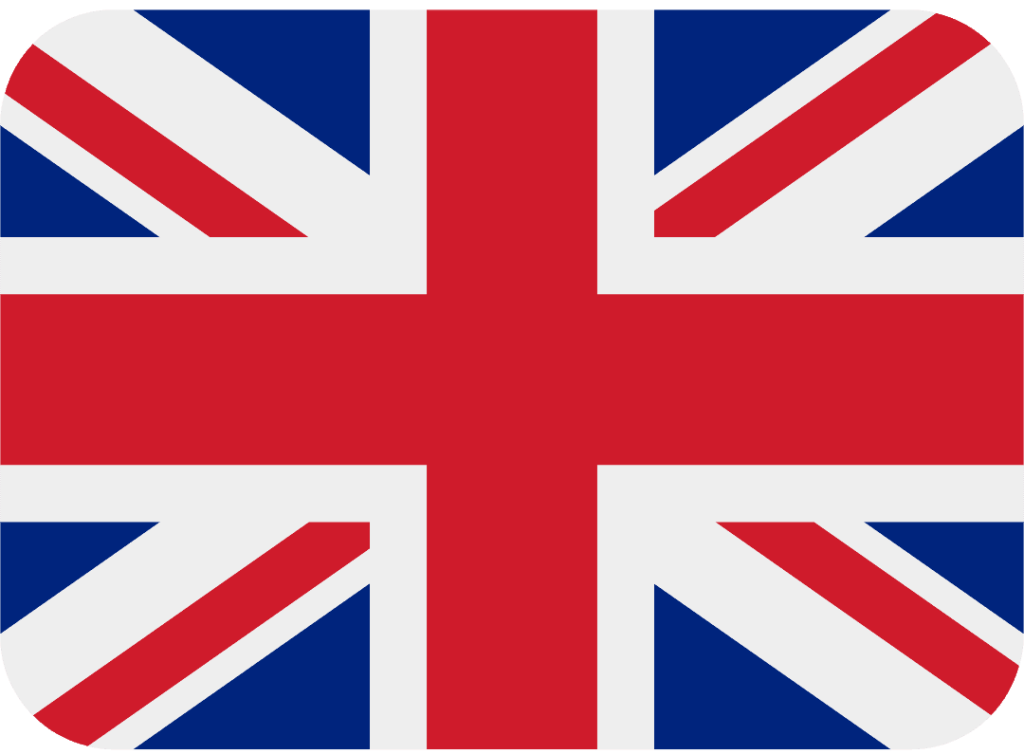Email marketing is one of the most effective ways to build relationships with your customers and drive sales for your business. But if you’re just sending out sporadic emails, you’re not taking full advantage of this powerful tool. Instead, you should be using email sequences to communicate with your audience in a more targeted and meaningful way.
So, what exactly is an email sequence? It’s a series of automated emails that are sent to a specific group of people over a predetermined period of time. The goal of an email sequence is to educate, engage, and convert your audience by providing them with valuable information and offers.
We’re going to cover the seven essential email sequences that every business should have in their marketing arsenal. From welcoming new subscribers to re-engaging dormant ones, these sequences will help you build stronger relationships with your audience and drive more revenue for your business.
The Welcome Sequence
The welcome sequence is the first series of emails that a new subscriber receives after signing up for your email list. This sequence is your chance to make a great first impression, introduce your brand, and set the tone for the rest of your email marketing efforts. The perfect welcome sequence is a series of emails that achieves just that.
Here’s an example of what a Welcome Sequence might look like:
- Email 1: Welcome and thank you for subscribing
- Email 2: Introduce your brand and what you do
- Email 3: Provide value (e.g. a free guide or discount)
- Email 4: Encourage action (e.g. visit your website or follow you on social media)
The first message in your welcome email sequence should introduce your brand to new subscribers. Use this email to tell them who you are, what you do, and what makes your brand unique. It’s also a great opportunity to showcase your brand personality and build a connection with your subscribers, as well as set expectations about what they can expect from your emails.
The second email in your welcome sequence should thank your subscribers for joining your email list. Let them know how much you appreciate their support and encourage them to explore your website or products. You can also consider offering a special discount or free resource to show your appreciation.
The third welcome email should provide value to your subscribers. This could be in the form of a free guide, eBook, or exclusive offer. Consider offering something that’s relevant to your brand or industry, and make sure it’s something your subscribers will find valuable. This can help to build trust with your subscribers and encourage them to stay engaged with your brand.
The Abandoned Cart Sequence
Abandoned carts are a common problem for eCommerce businesses. Did you know that 70% of online shopping carts are abandoned? That’s a lot of lost revenue! The good news is that you can use email marketing to bring customers back and convert them into paying customers.
The abandoned cart sequence is a series of emails that are triggered when a customer adds a product to their cart but doesn’t complete the purchase. The goal of this sequence is to remind customers of the products they left behind and encourage them to complete their purchase.
Here’s an example of what an Abandoned Cart Sequence might look like:
- Email 1: Reminder of what’s in their cart
- Email 2: Offer an incentive (e.g. free shipping or a discount)
- Email 3: Urgency message (e.g. limited stock or time-sensitive offer)
The first email in your abandoned cart sequence should be sent within an hour of the customer abandoning their cart. This email should remind them of the items in their cart and encourage them to complete their purchase. You can also offer a discount or free shipping to sweeten the deal.
The second email should be sent a day or two later. This email should remind the customer of the items in their cart and offer a more significant discount or incentive to complete their purchase.
The third abandoned cart email should be sent a few days later. This email should be a last-chance offer, letting the customer know that their items will be removed from their cart if they don’t complete their purchase soon.
The Upsell Sequence
Once someone has made a purchase from you, there’s a good chance they might be interested in related or complementary products. The upsell sequence is a series of emails that are designed to suggest those products and encourage additional purchases in order to maximise the value of each customer.
This sequence is a great way to increase the average order value of your customers and drive more revenue for your business. It can be triggered by a purchase or by browsing behaviour. The first email in your upsell sequence should be sent immediately after a customer completes their purchase.
This email should thank them for their purchase and suggest complementary products or an upgrade to their current purchase. For example, if a customer buys a new camera, you can send an email recommending a tripod or lens to enhance their photography experience.
It’s important to make sure the upsell or cross-sell offer is relevant and adds value to the customer’s experience. Don’t just try to push anything on them for the sake of making a sale.
The Post-Purchase Sequence
Once someone has made a purchase from you, the relationship doesn’t end there. In fact, it’s just beginning! The Post-Purchase Sequence is designed to thank customers for their purchase, provide additional value, and encourage them to become repeat customers. This sequence is triggered after someone completes a purchase and it’s all about keeping the customer engaged.
Here’s an example of what a Post-Purchase Sequence might look like:
- Email 1: Thank you for your purchase
- Email 2: Provide additional value (e.g. tips on how to use the product or related products they might be interested in)
- Email 3: Encourage reviews and referrals
- Email 4: Offer an incentive for their next purchase
Send a thank you email immediately after the purchase to show your appreciation and confirm the details of the purchase. Then, follow up a few days later to check in and make sure everything is going well. You can also offer tips and advice on how to use the product or service.
The Engagement Sequence
The Engagement Sequence focuses on nurturing the relationship with your subscribers and keeping them engaged with your brand. The Engagement sequence can be triggered when a subscriber hasn’t interacted with your email marketing in a while, rather than waiting until they become inactive altogether.
This sequence can help to prevent subscribers from becoming disengaged in the first place, by providing them with valuable content and keeping your brand top of mind. The Engagement sequence can include a series of emails that provide value to your subscribers, such as educational content, exclusive offers, or news and updates about your brand.
These emails should be designed to keep your subscribers engaged and interested in your brand, without necessarily trying to sell them anything. Here’s an example of what an Engagement sequence could look like:
Email 1: Thank you for being a part of our community
This email should thank your subscribers for being a part of your community and let them know that you value their support. You can also take this opportunity to ask them what kind of content they would like to see from you in the future.
Email 2: The Best of Our Blog
This email should feature the best content from your blog or website, such as your most popular articles or resources. You can also include some tips or insights related to your industry or niche to keep your subscribers engaged.
Email 3: Behind the Scenes
This email should give your subscribers a behind-the-scenes look at your business. You can tell your business’s story about how you got started, introduce your team members, or show off your workspace. This can help to humanise your brand and build a stronger connection with your subscribers.
Email 4: Exclusive Offer
This email should offer your subscribers an exclusive discount or special offer. This can be a great way to show your subscribers that you appreciate their support and encourage them to make a purchase. Make sure the offer is relevant to your subscribers and aligned with your overall goals.
Email 5: Ask for Feedback
This email should ask your subscribers for feedback on your products or services. You can ask them to complete a survey, leave a review, or simply reply to your email with their thoughts. This can help you to improve your business and build stronger relationships with your subscribers.
Email 6: Share a Success Story
This email should share a success story from one of your customers or clients. This can help to build social proof for your brand and show your subscribers the real-world impact of your products or services.
Email 7: The Next Step
This email should encourage your subscribers to take the next step with your brand. This could be signing up for a free trial, booking a consultation, or making a purchase. Make sure your call to action is clear and aligned with your overall goals.
The Re-Engagement or Win-Back Sequence
Sometimes, subscribers lose interest or stop engaging with your email marketing altogether. It happens to the best of us. The Re-Engagement Sequence is the last line of defence for customers who are on the verge of leaving for good.
This sequence targets customers who have shown signs of disengagement, such as not opening or clicking on emails or not making a purchase in a while. It’s designed to win them back by reminding them of the value of your emails and encouraging them to start engaging again.
Here’s an example of what a Re-Engagement Sequence might look like:
- Email 1: We’ve missed you!
- Email 2: Highlight the value of your emails and encourage them to keep engaging
- Email 3: Provide an incentive to start engaging again (e.g. free resource or exclusive content)
- Email 4: Say goodbye (if they still haven’t engaged) and remove them from your list
The first step is to identify inactive subscribers. Segment your email list to target subscribers who haven’t opened or clicked on your emails in a while. Then, send a targeted email with a catchy subject line that piques their interest and asks them if they still want to receive your emails.
You can also offer an incentive, such as a discount or a freebie, to encourage them to stay subscribed and give your business another chance. It’s important to make sure you address any issues or concerns they may have and provide value in the offer. If they still don’t engage, it may be time to remove them from your list to maintain a healthy email reputation and focus on engaging with more active customers.
The Referral Sequence
Word-of-mouth is a powerful marketing tool, and the Referral Sequence is designed to harness its potential. The goal is to encourage your happy customers to spread the word and refer their friends and family to your business. Send a targeted email to customers who have recently made a purchase and ask them to refer a friend.
You can offer an incentive, such as a discount or freebie, for both the referrer and the referred. Make it easy for customers to refer by including a shareable link or social media buttons in the email. And don’t forget to thank them for their loyalty and support.
The Birthday Sequence
Everyone loves feeling special on their birthday, and your subscribers are no exception. The Birthday Sequence is a series of automated emails that are triggered when a subscriber’s birthday is approaching or when it’s their actual birthday. This sequence is a great way to show your subscribers that you value and appreciate them while also driving sales for your business.
Here’s an example of what a Birthday Sequence might look like:
- Email 1: Happy birthday! Here’s a special offer just for you.
- Email 2: Reminder of the special offer and deadline to redeem it
- Email 3: Follow-up offer or related product suggestion
The first email in your birthday sequence should be sent on your subscriber’s actual birthday or a few days before. This email should wish them a happy birthday and offer them a special discount or offer that’s exclusive to their birthday. You can also consider personalising the email by using their name or referencing their previous purchases.
The second email should be sent a few days after the first email as a reminder of the special offer and deadline to redeem it. This email can also include some additional product suggestions or encourage them to browse your website for more deals.
The third email in your birthday sequence should be sent a few days after the second email. This email can offer a follow-up discount or suggest a related product to complement their birthday purchase. You can also ask for feedback or a product review to further engage with your subscribers and build a relationship with them. Overall, the Birthday Sequence is a great way to make your subscribers feel special on their special day while also driving more sales for your business.
Digital marketing automated email sequences
Email sequences are essential in every business’s marketing arsenal as they help build stronger relationships with your audience and drive more revenue. The eight sequences discussed are just a starting point, and there are countless variations and customisations that can be made to suit your specific business needs.
By using email sequences, you can create more targeted and meaningful interactions with your customers, leading to increased engagement, loyalty, and sales. Need a hand setting up your email sequences? We can help.


